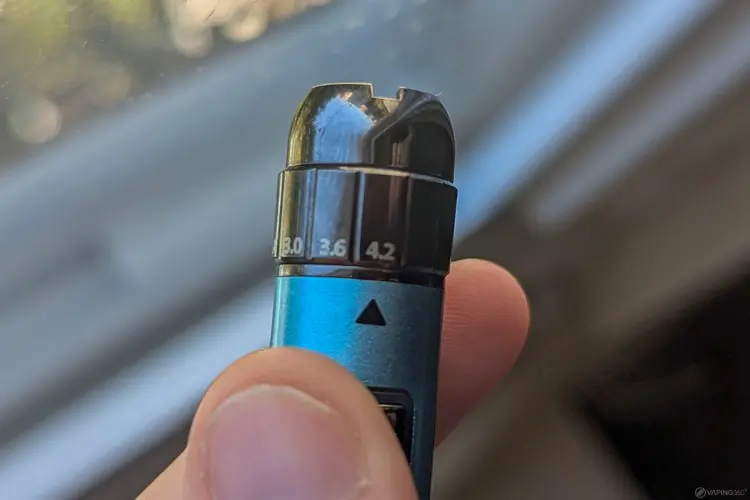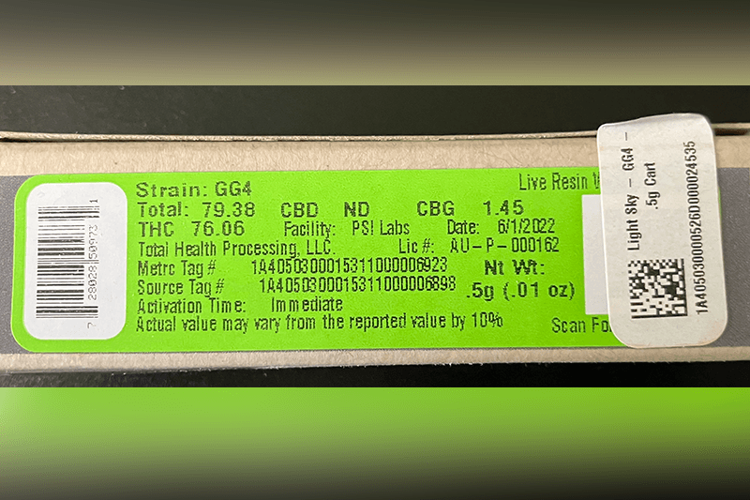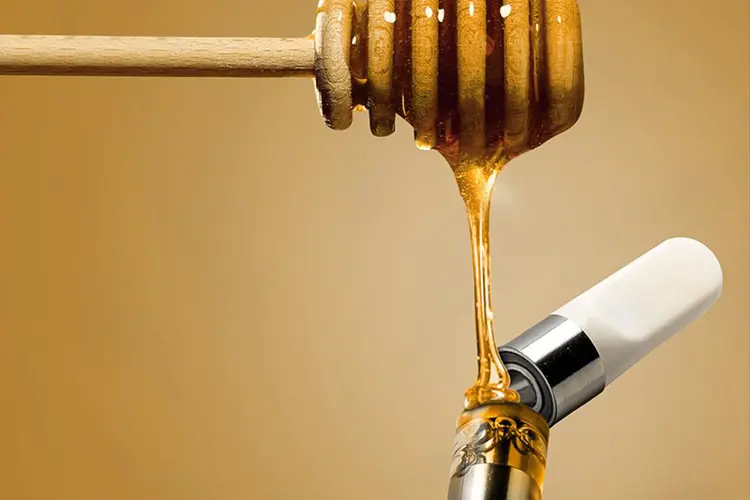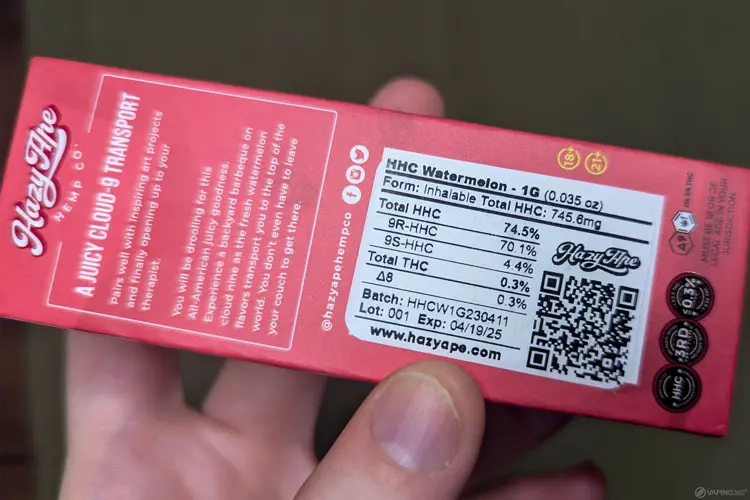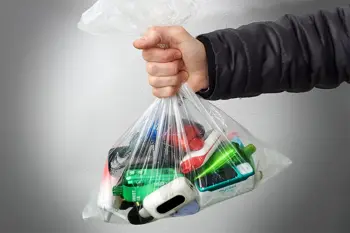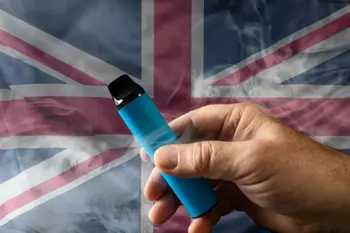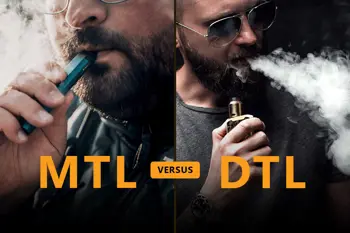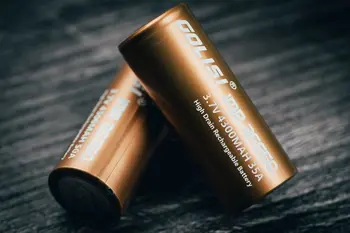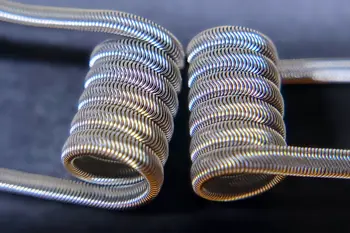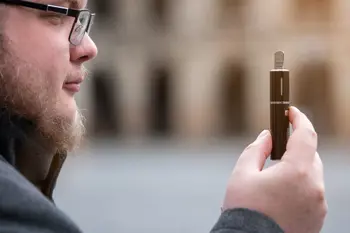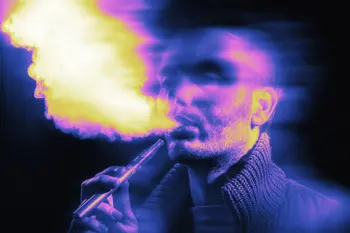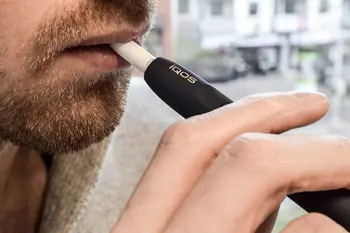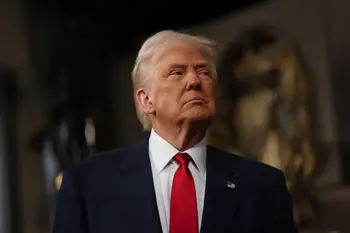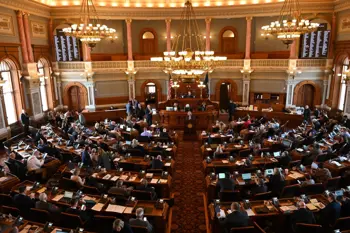My first forays into vaping were modest: disposables and vape carts got me in the door, before I turned my focus towards vaporizers. Carts are a convenient, beginner-friendly way to consume cannabis extracts.
While this usually means an easy session with few to no headaches, experiences differ. Oil that tastes scorched and burns the throat is just one mishap I’ve dealt with. If you also find yourself coughing through dry hit after dry hit, it’s time to act.
Both new and partially used weed carts can taste burnt. Cannabis products are meant to be enjoyed, and a burnt cart is more than enough to ruin anyone’s session.
But don’t lose hope. With a little knowledge, I’ve mostly banished burned hits from my experience.
Why does my cart taste burnt?
As much as I wish every burnt cart could be saved, it really depends on the source of the problem.
We need to understand where the burned flavor is coming from to get started on repairs, or to know when it’s time to give up and toss the product. Some solutions are quick and easy. Other times, I accept the loss and start fresh with a new cart.
Excessive voltage
High voltage is one of the most common causes of burnt hits, and also the easiest to fix. This is generally where my own troubleshooting starts—especially if a cart is fresh out of the packaging.
New carts are a learning process. Depending on the extraction technique and manufacturer, the perfect voltage can vary. Trial and error are what help me find the sweet spot, even if I’ve never tried the brand or cannabinoid before.
Many 510 thread batteries reach beyond 4.0 volts, which is excessive for an average cart. Cannabis oils often perform great at 3.0 volts, and often even lower.
Settings below 3.0 volts are most likely to preserve delicate terpenes. These compounds can be destroyed with heat, meaning the higher your voltage, the more you sacrifice flavor and aroma. Going too high doesn’t just eliminate flavor either; it might also burn the oil and lead to an off-putting taste or smell.
I typically vape full-spectrum weed oils like live resin at low voltage settings (under 2.8 V). Higher voltages work when vaping distillates, but there’s always a limit. Try to keep it below 3.5 V or so. Unless I'm looking for rapid, intense effects, I personally go even lower.
No one needs to jump in blind. To play it safe, start vaping every new cart at your battery’s lowest voltage. You can find the perfect setting by slowly increasing it as vapor output, flavor, and effects begin to increase.
Improper storage
Cannabis oil is fickle, and carts thrive when stored in the right conditions.
I’d start by checking the expiration date on your product’s packaging. It could taste off due to age, but oil is perfectly capable of going bad sooner if it hasn’t been stored correctly.
I’m careful to keep carts away from sunlight. Heat and ultraviolet rays aren't kind to weed oil, speeding up the loss of flavor and potency as valuable compounds deteriorate. Prolonged exposure can lead to unpleasant, burnt-tasting hits.
A frigid environment isn’t any better. As long as carts are kept away from sunlight, a slightly cool room should do the trick. Cold environments can thicken oil and make it harder for the coil to saturate, especially if the cart isn't primed or preheated. This can also result in dry, burnt hits. It’s all about balance.
Once the elements have taken hold of oil, there’s no going back. Prevention is the key to long-lived carts. I’ve learned that lesson the hard way.
Low on oil
I get that it’s tempting to drain oil carts to the last drop, but that won’t work in your favor, even if it feels cost-effective.
When carts are low enough on oil, the leftovers can’t make effective contact with the product’s heating mechanism. So, despite the coil heating as intended, little to no oil is vaporized. You’ll get dry hits and sparse, poor-tasting vapor.
It’s better to trash prefilled vape carts when they’re around 95% empty, give or take. That’s usually when I notice the burnt metal taste taking over. But if you’re using a refillable 510 thread cart, this is your cue to reload.
Poor-quality or black-market oil and counterfeit carts
Carts that taste burnt right out of the package usually stem from a voltage issue or an unsaturated coil. Other times, you could be dealing with low-quality oil that’s not suitable for vaping in the first place.
Start by ruling out the more common causes of burnt oil. First, consider where the cannabis cart was purchased and whether that seller is trustworthy. Fly-by-night companies often use poor-quality oil, and ultra-cheap carts may not deliver oil efficiently to the atomizer.
If you haven’t already, I suggest reviewing the product’s certificate of analysis (COA). Try to verify third-party lab testing before purchase and stay away from brands that hide this information. It should be available on their website, and the link should be on the packaging.
A product that looks nothing like what the brand is selling online—or the total lack of a site altogether—is a red flag. It could be a counterfeit vape cart.
Check the cart’s packaging for batch and lot numbers, plus a full breakdown of its cannabinoid contents. No reputable seller will fail to disclose this information. It should also line up with what’s on the COA. If not, the document may be out of date.
Even better, see if the package has a QR code printed on it. That’s becoming a standard practice for many vape brands, and all it takes is a phone to scan the code. It’ll take you right to the COA.
Unsaturated or unprimed coil
While carts don’t look complex, they’re made of multiple components working together to heat the oil and produce vapor.
Carts feature a ceramic or metal coil and a wick inside an atomizer, which is the piece responsible for warming and vaporizing oil. Once the element is saturated with oil, it heats up, creating inhalable vapor whenever the battery is fired.
New and already used coils can be primed manually. Doing this is useful for carts stored in cold conditions, or ones that have gone untouched for a while.
I start by positioning the cart upright for several minutes, allowing oil to settle towards the heating element. Next, I take a few short, dry (or low voltage) hits and rub the cart between my palms to help loosen its contents and further saturate the coil.
Vape batteries sometimes have a preheat function, which is extra helpful when I’m dealing with overly thick, cold oil. Don’t expect an unsaturated coil to vaporize effectively.
Clogging
Clogs put stress on carts and can easily worsen, whether they develop in the mouthpiece or deeper down the airpath. I’d rather not flood my coil by drawing too hard on an already clogged cart. That’s just one potential source of a burnt aroma and taste.
If a cart is full of oil yet produces little to no vapor, its coil could be flooded. This is the opposite scenario to the one I described earlier: rather than an unsaturated heating element, we’re dealing with an oversaturated one. Coils can’t heat or vaporize properly when they’re drowning in oil.
Hold off priming until you’re ready to vape the cart, since leaving a primed coil unattended for extended periods of time boosts the flooding risk. Using my opened carts regularly has helped me minimize this type of clog.
Refillable carts can be disassembled and cleared out manually. With prefilled carts, I flick the device from side to side (to dislodge oil) and blow gently into the mouthpiece. I then briefly fire up my device a few times.
Patience and persistence are required when resolving a clogged cart. It’s not always possible to reverse the damage, but I prefer to try before giving up on a cart.
Do burnt carts still get you high?
Short answer: maybe they will, maybe they won’t.
Long answer: if you’re vaping psychotropic cannabinoids (THC, HHC, etc.) and the cart got you high once upon a time, there’s a chance it still will.
That said, I’ve also run into situations where the cart’s intended potency had all but vanished. Cannabinoids and terpenes are volatile substances and can be easily destroyed by heat, sunlight, and oxygen.
Leaving carts in unfavorable conditions or cranking up a battery’s voltage to the max means lost (or at least changed) compounds. THC could convert into CBN, its weakly psychotropic degraded form.
Beyond that, a burnt taste can also point to low-quality or black-market oil. There’s no way to confirm what’s in these products. Maybe they don’t include the advertised cannabinoids at all, or at least not in the reported amounts, and they may contain remnants of the solvents used to make the oil.
It’s hard to say whether low-quality carts will get anyone high. Knock-off delta 8 carts may or may not be psychotropic; they could even be more intoxicating than expected. If you’re not sure what’s in a cart, you should think twice about vaping it.
Partially or fully clogged carts might also taste burnt. I wouldn’t expect these to produce large amounts of vapor; if anything, I’d expect my session to be spent with a burning sensation in my mouth or throat and little payoff. No one’s getting high without vapor.
Is it safe to vape a burnt cart?
While burnt carts aren’t necessarily unsafe, they can be. It’s not a risk I'd want to take, either, since it’s probably going to be an all-around poor experience.
Burnt-tasting oil can point to a host of production issues. I’d stop vaping right away if a new cart tastes off, assuming it’s not easily fixable with voltage adjustments or swapping the battery for a new one.
Low-quality, foul-tasting oil is a huge tip-off that a cart is counterfeit. These may be unsafe to vape and should be scrapped ASAP.
I stick to trusted retailers with transparent safety testing when buying new carts. Since consumable hemp is unregulated (as of November 2024), it’s still the manufacturer's duty to get their products third-party tested. Check that the hemp-derived THC cart in question has a COA so you can verify the oil’s contents.
Other times, a burnt taste is the result of sunlight or heat exposure. Either condition can damage a cart’s active ingredients—or even cause mold or bacterial growth inside.
Can you prevent burnt carts?
Not always, but I’m grateful that there are so many ways to lower the risk.
First off, preventing clogs goes a long way to avoiding burnt hits. I avoid drawing for more than three seconds at a time and keep it gentle. Long, aggressive draws can pull more oil than the coil is able to handle, which can lead to chamber flooding and sparse, dry vapor.
I also do what I can to prioritize storage, since carts kept in suboptimal conditions are far more likely to clog. Keep carts away from:
- Ultraviolet (UV) rays: Don’t leave carts near a sunny window. They’ll fare better somewhere dark, like a drawer or storage container.
- Humidity: Whether it’s the kitchen, bathroom, or maybe even your car, don’t store carts somewhere humid.
- Heat: Cannabinoids and terpenes break down faster when exposed to heat. Don’t let carts get too cold, either; cool or room-temperature spaces are ideal.
Even further, I avoid using carts and then leaving them to sit for weeks on end. Proper storage isn’t always enough to protect partially used carts from deteriorating faster than untouched ones.
Lastly, I only buy vape carts from trusted sellers. It’s not too challenging to spot shady or black-market retailers before wasting money on one of their products. I start by checking for a COA, and doing a bit of research. Customer feedback can be valuable.
High-quality carts are a bigger investment up front, but hey, I typically won’t need to dispose of them after just a few puffs. I’d say that’s worth it.
How to fix a burnt cart
I’d focus on prevention first, but even then, some burnt carts can be repaired. Others will need to be scrapped.
Voltage issues are the simplest. Chances are, you don’t need to vape your oil cart at 4.0 volts, or maybe even 3.0 volts. Settings well beneath are sufficient to vaporize and feel the effects of many cannabis oils.
Priming or saturating your coil is another quick fix. I try to do this whenever I’m pulling a neglected cart out of storage, or using one that’s thickened from getting too cold.
Also, try determining whether or not your cart is clogged. Take the appropriate next steps whenever you suspect this is the case—just be careful not to worsen the problem. I mentioned one potential solution earlier.
Not every clog can be resolved, especially if the cart is cheap. Those aren’t the most resilient. And even a high-quality cart can cross the point of no return.
Buy a new cart if your prefilled cart is too low on oil. Sun- or heat-damaged oil isn’t fixable, and while it’s possible to intervene and prevent further problems, I wouldn’t want to vape what’s left. If I noticed that my carts were regularly going bad before their expiration date, I’d adjust my storage process.
Burnt carts are a struggle that most of us eventually face. Do what you can, but when that’s not enough, move along to something new. You'll find plenty of options.
